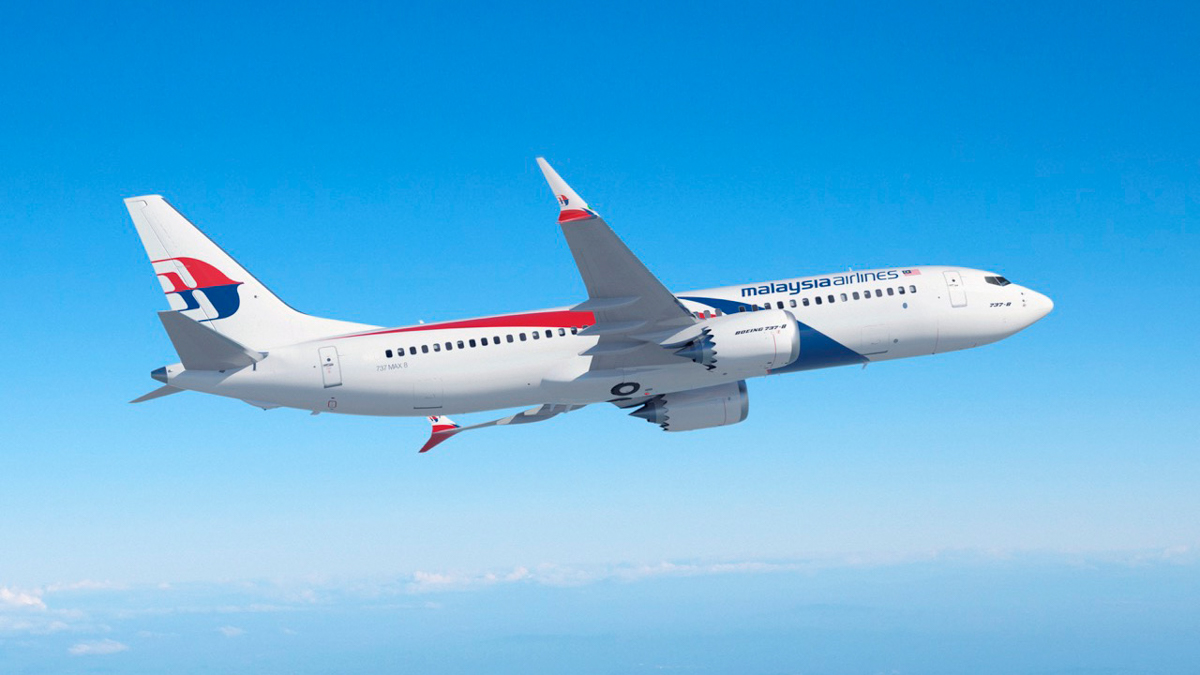In the increasingly competitive airline industry, Malaysia Airlines wanted to lower its costs and boost its innovation to gain strategic advantage. That’s what it’s done with its move to Microsoft Azure, part of a digital transformation that makes its SAP environment more cost-effective and creates new opportunities to increase customer engagement. With its costs down and efficiency up as a result of its move to Azure, Malaysia Airlines is now contemplating further use of the platform, such as Azure Cognitive Services, to spur digital innovation.
Malaysia Airlines is at home in the clouds. But now the national carrier of Malaysia is at home in a completely different cloud: Microsoft Azure. Over the past two years it’s moved to a hybrid cloud approach, with most of its computing environment moving to Azure—including its massive SAP deployment, making it one of the first enterprises to run SAP on the latest Windows Server and Microsoft SQL Server software in Azure. It’s all part of a digital transformation that the company says will help ensure that its business soars as high as its planes.
The cloud-first strategy is part of the airline’s hybrid cloud approach to a challenge common to airlines and other large enterprises worldwide: an increasingly competitive business environment. With market share and margins always under pressure, most enterprises seek a two-pronged approach that reduces operating costs and leverages existing investments, all while fostering innovation. Malaysia Airlines has decided that one way to achieve those dual goals is with Azure.
“Azure serves as our primary technology platform for what we call the evolving digital airline,” says Tan Kok Meng, Chief Information Officer at Malaysia Airlines. “We use it to engage closely with our customers and to enhance the customer relationship and customer value, while maximizing efficiency and effectiveness for front- and back-office operations. Through its flexibility to scale on demand and its support for software-as-a-service and non-Microsoft operating systems such as Linux, Azure is crucial to our continued digital innovation.”
The airline has also boosted its agility and cut its time-to-market by using Azure. “We need to be agile and to innovate quickly to respond to market demand and create an enriched customer experience,” says Tan. “With the continually growing support in Azure for DevOps, analytics, Microsoft Office 365 integration, and more, our business and technical teams can deliver dynamic, evolving solutions to our customers on the platforms of their choice, especially mobile.”
SAP is more effective and less costly
The airline’s move of SAP to Azure is a key example of “maximizing efficiency and effectiveness” via digital transformation. Traditionally, Malaysia Airlines ran its 10-module SAP deployment on IBM P-Series hardware. That hardware, along with its AIX 6.1 software, was reaching its end-of-life and end- of-support. The airline faced the prospect of replacing or updating the system, a major expense that would still have left it with the vendor lock-in that comes from proprietary technology.
That’s when Malaysia Airlines’ digital transformation was born. The airline chose Tata Consultancy Services as its technology partner for the project. In six months, Tata and the Malaysia Airlines migrated the SAP deployment to Azure, including a shift from IBM AIX and DB2 database software to Windows Server 2016 and SQL Server 2016.
“With SAP on Azure, we will always have an up-to-date technology platform with resources provided on an on-demand basis,” says Tan. “By paying only for what we use, and by expanding and contracting those resources to meet business needs, we manage SAP much more effectively on Azure than we ever did in our own datacenter.”
How much more effectively? Malaysia Airlines estimates that it has reduced total annual costs, including maintenance and depreciation, by about 45 percent by migrating to Azure.
With a hybrid cloud, applications go where they’re needed
With the completion of its datacenter migration, Malaysia Airlines now has 80 percent of its systems on Azure and 20 percent remaining on a private cloud. The latter portion includes legacy applications that need to run in the legacy environment or that are yet to be certified for Azure.
By taking advantage of Azure support for hybrid cloud environments, Malaysia Airlines manages the cloud/on-premises environment as a single system and gains the cost and efficiency benefits of unified management. Making this possible in part is Microsoft Azure ExpressRoute, which provides high-speed, secure connectivity between the environments.
“With the hybrid environment, we have the flexibility to place our applications and data on the appropriate cloud, based on our business, technology, and regulatory needs,” says Tan. “Because we can manage our standard and legacy platforms as a single entity, we can continue our migration over time as applications evolve and our needs change.”
Open to open source
A portion of the airline’s legacy infrastructure runs in the AIX environment on a proprietary UNIX machine. The company took advantage of Azure support for Linux to replatform the legacy AIX environment to Azure with support from the respective software partners.
“We were able to use Azure to convert our AIX environment from capital-investment modes to operating-expense modes,” says Tan. “That saves considerable expense up front, compared to upgrading hardware, and makes ongoing expenses more predictable and more manageable.”
“The sky’s the limit”
With its costs down and efficiency up as a result of its move to Azure, Malaysia Airlines is now contemplating further use of Azure to spur digital innovation that boosts customer engagement. For example, Tan sees Azure Machine Learning and Azure Cognitive Services as potential technologies to anticipate and proactively respond to customer needs.
“The sky’s the limit with what we can do with Azure,” says Tan. “We intend to use it for the maximum benefit of our customers and for maximum competitive advantage.”

